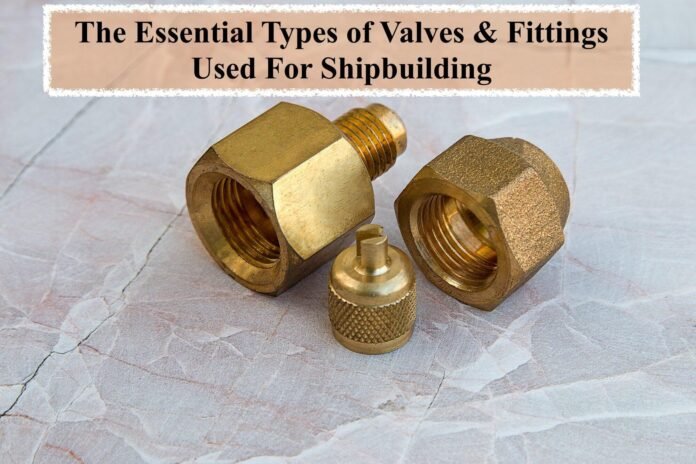Valves are small devices with very big jobs in systems. They help control flow, direction, and pressure in many machines. Without them, safe operation in industries and homes is not possible.
Have you ever wondered how valves work in different uses? Each type has a design made for a special purpose. Learning about valves helps us understand safety, control, and function better.
This blog will explore common valve types and their important roles. Keep reading to discover their uses and benefits.
Gate Valves: Strong Control in Flow Systems
Gate valves are widely used in industries and household piping systems. They work by lifting or lowering a gate to control flow. These valves are best for on-and-off applications, not for throttling.
When fully open, they allow an unrestricted flow of liquid or gas. Their design makes them effective for minimal pressure loss in pipelines.
They are commonly found in water supply, wastewater, and oil lines. Their durability and strength make them essential in long-term service conditions.
Globe Valves: Reliable for Precise Flow Regulation
Globe valves are designed for regulating flow with more accuracy. Their shape includes a movable plug and a stationary ring seat. They are commonly used when control and regulation are important.
This makes them helpful in water treatment plants and fuel systems. Unlike gate valves, globe valves work better for throttling purposes.
Their design causes more pressure drop, but they give precise control. They are trusted in systems needing accuracy and secure sealing.
Ball Valves: Simple Design and Easy Operation
Ball valves use a spherical ball with a hole through its middle. Turning the handle rotates the ball to open or block the flow. They are very easy to use and require little maintenance.
Ball valves allow tight sealing, making them reliable for many applications. They are found in gas lines, water systems, and chemical processes.
Quick operation makes them popular in emergency shut-off cases. Their compact size and strong sealing ability provide dependable function in varied systems.
Butterfly Valves: Lightweight and Quick Flow Control
Butterfly valves have a disc that rotates to control flow movement. They are compact, lightweight, and often used in large pipelines. These valves can handle both liquids and gases effectively.
A quarter-turn rotation allows them to open or close quickly. Their design makes them cost-effective in systems with limited space.
They are used in water distribution, air handling, and chemical plants. Many industries prefer butterfly valves for efficiency, speed, and easy maintenance in larger systems.
Safety Valves: Protecting Systems from Dangerous Pressure Levels
Safety valves are built to release pressure when it becomes too high. This prevents damage to equipment and protects people from accidents. They are important in boilers, pressure tanks, and industrial systems.
Safety valves open automatically when limits are exceeded, releasing pressure safely. Their reliable performance ensures smooth and safe system operation.
For agricultural and industrial needs, people often shop Continental NH3 tank and valve components to ensure quality. Safety valves remain critical parts for secure system protection everywhere.
Learn Different Valve Types and Their Functions
Valves types may look small, but their jobs are truly important. Each type works differently, but all are designed to keep systems safe. From controlling flow to protecting equipment from high pressure, valves play key roles every day.
Understanding their functions helps us see why industries rely on them. Choosing the right valve for a system keeps everything working smoothly. With proper use, valves can provide safety, efficiency, and long service life.
Did you find this article helpful? If so, check out the rest of our site for more informative content.
